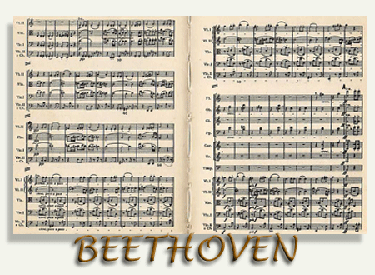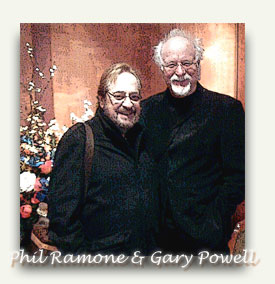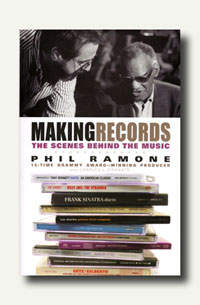by Gary Powell
 If you finally get the call for the job or the opportunity you’ve worked for, it might be a good time to realize that healthy business relationships are born of mutual understanding, mutually earned respect, mutual reliability and mutually earned loyalty. Notice the omission of the word trust. These new business relationships are never born from a bilateral adoration of you, the artist. If you really believe it is all about you, then prepare to stand in a very long cue while enjoying a very short career on the latest thrill ride called SEDUCTION. Next, order any one of these books written on the topic of “One Hit Wonders” before your story ends as a chapter in the latest edition of one of them.
If you finally get the call for the job or the opportunity you’ve worked for, it might be a good time to realize that healthy business relationships are born of mutual understanding, mutually earned respect, mutual reliability and mutually earned loyalty. Notice the omission of the word trust. These new business relationships are never born from a bilateral adoration of you, the artist. If you really believe it is all about you, then prepare to stand in a very long cue while enjoying a very short career on the latest thrill ride called SEDUCTION. Next, order any one of these books written on the topic of “One Hit Wonders” before your story ends as a chapter in the latest edition of one of them.
Most of our early opportunities in the performing and creative arts come to us by way of the often used seduction business model. Perceiving how you are being seduced now in business should help you identify the dangerous patterns within your future business offers. Recognize the pattern and be conscious of how new business proposals couch illimitable opportunities. Keep in mind that seduction is nothing more than the act of using influence to excite hopes and desires without regard to fair and equitable returns for your participation. Any business relationship that honors your contribution should offer you a financial participation bearing some resemblance to how your work has effected their bottom line. Of course, this is also after you acknowledge and place a value on the risk and expense that your employer is taking. But then, and maybe after briefly enjoying the flattery, take the deal or don’t take it, but always try to understand who is doing what to you, why they are doing it, and for how long they intend to keep doing it. It is your job to understand these strategies and it is your job to take care of yourself. Be armed with the knowledge of these common practices in order to make prudent decisions that will yield you uncommon wealth and happiness.
Helpful or Interesting? Then Copy, Paste and Tweet It:
Gary Powell writes “Seduction as a Business Model in the Arts”
http://tinyurl.com/adyl4y
Creative Commons Attribution-NonCommercial-NoDerivs 2.5 License

.


